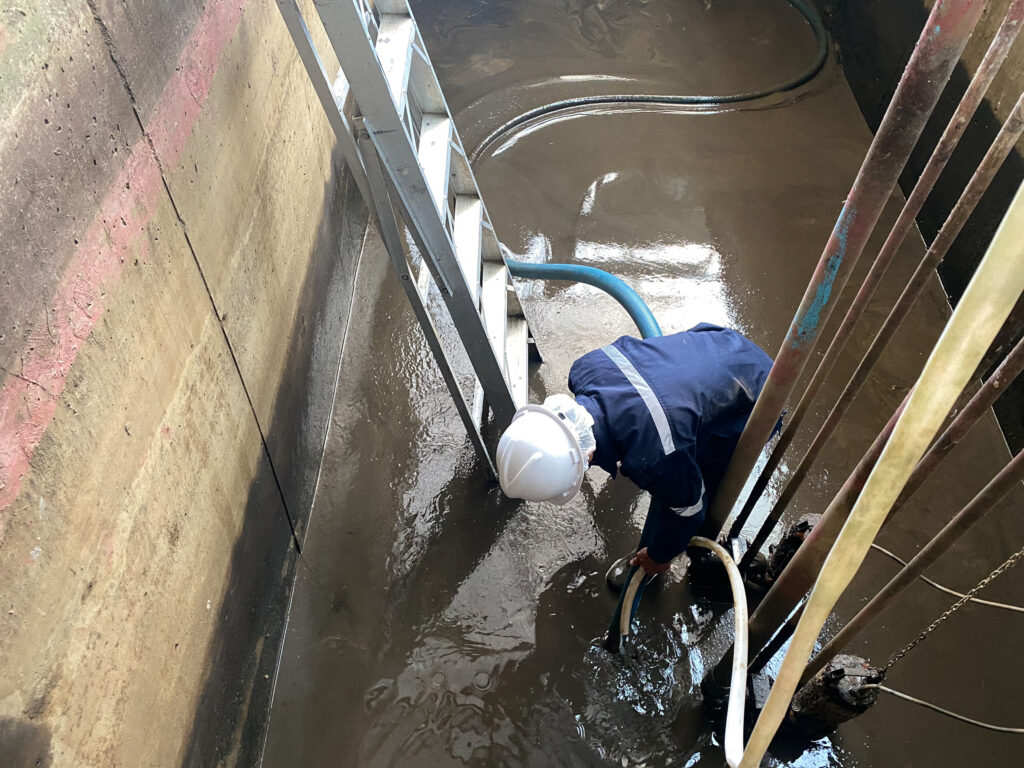After a storm hits a business, it is important to prioritize the clean-up process to ensure the safety of employees and customers. One of the most important tasks in the aftermath of a storm is water clean-up. Water damage can cause serious health hazards, as well as damage to equipment, infrastructure, and property. Investing in water clean-up after a storm can offer a wide range of benefits to a business.
Here are some of the key benefits of water clean-up in a business after a storm:
- Improved Air Quality: Standing water can create a breeding ground for mold and bacteria, which can lead to respiratory issues and other health problems. By removing excess water and thoroughly drying out the affected areas, businesses can reduce the risk of mold growth and improve air quality.
- Reduced Property Damage: Water damage can cause significant damage to property and equipment. By removing standing water and drying out the affected areas, businesses can minimize the extent of the damage and reduce repair costs.
- Increased Safety: Standing water can create slip-and-fall hazards, which can lead to serious injuries for employees and customers. By removing excess water and drying out the affected areas, businesses can reduce the risk of accidents and injuries.
- Minimized Business Disruption: Water damage can disrupt business operations and cause downtime, leading to lost revenue and productivity. By investing in water clean-up, businesses can minimize disruption and get back to normal operations more quickly.
- Protection of Business Reputation: Water damage can lead to negative reviews and damage the reputation of a business. By investing in water clean-up and ensuring that the affected areas are safe and clean, businesses can protect their reputation and maintain customer loyalty.
Overall, water clean-up is a crucial step in the recovery process after a storm. By investing in this process, businesses can protect their employees, customers, property, and reputation. It can also save time and money in the long run by reducing the extent of property damage and minimizing business disruption.


